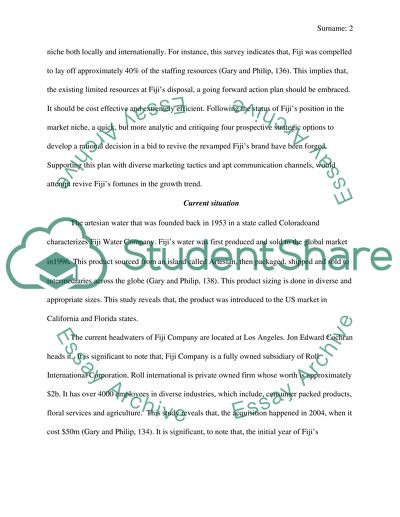Cite this document
(“Marketing Term Paper Example | Topics and Well Written Essays - 2000 words”, n.d.)
Marketing Term Paper Example | Topics and Well Written Essays - 2000 words. Retrieved from https://studentshare.org/marketing/1463901-marketing
Marketing Term Paper Example | Topics and Well Written Essays - 2000 words. Retrieved from https://studentshare.org/marketing/1463901-marketing
(Marketing Term Paper Example | Topics and Well Written Essays - 2000 Words)
Marketing Term Paper Example | Topics and Well Written Essays - 2000 Words. https://studentshare.org/marketing/1463901-marketing.
Marketing Term Paper Example | Topics and Well Written Essays - 2000 Words. https://studentshare.org/marketing/1463901-marketing.
“Marketing Term Paper Example | Topics and Well Written Essays - 2000 Words”, n.d. https://studentshare.org/marketing/1463901-marketing.


